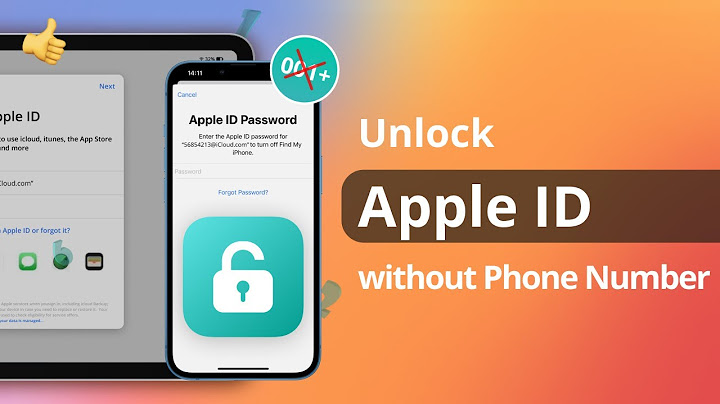It’s estimated that over 40% of the U.S. population has hypertension, and most of those people don’t know it. Why? One reason is that it’s tricky to confirm if you have hypertension, especially if you’re only getting your blood pressure read at occasional doctors’ visits. That’s why recent guidelines recommend that patients also learn how to measure their blood pressure at home. Show
Here, we’ll talk about what your blood pressure numbers mean and how you can choose a proper, at-home monitor to keep track of them on your own. First, what are systolic and diastolic blood pressures?To know if your blood pressure is “good” or “bad”, you’ll first need to know about systolic and diastolic blood pressure. The top number of your blood pressure reading is your systolic blood pressure. That’s how much pressure is pushing on your blood vessel walls as your heart contracts and pumps out blood to your body. The bottom number is your diastolic blood pressure. That tells you the pressure on your blood vessel walls when your heart relaxes between contractions. For example, 128/82 would be interpreted as a systolic blood pressure of 128 mmHg and a diastolic blood pressure of 82 mmHg. If your blood vessels are healthy, they will stretch to make room for the blood that is pumped through them. However, if your blood vessels are stiff, the blood flowing through them will be under greater pressure, and that means your blood pressure numbers will be higher. What is a “good” blood pressure?It’s important to emphasize that a “good” blood pressure reading depends on your own individual health. Your provider will be able to tell you what’s healthy and safe given your personal health circumstances. Nonetheless, below are guidelines from the American Heart Association for people in general. Remember: Your blood can be temporarily high or low at times (like with exercise, stress, or caffeine). This chart applies to how your blood pressure is normally, which is why you may want to take an average of several readings before seeing where you fall.
*Adapted from the American Heart Association Why should I monitor my blood pressure at home?Even if your doctor takes your blood pressure in the clinic, monitoring your blood pressure at home can be useful whether or not you have hypertension.
How do I choose a blood pressure monitor?The first step in measuring your blood pressure at home is getting a blood pressure monitor—one that is accurate, fitted, validated, and works for your lifestyle. These are some things you should consider:
How do I get an accurate blood pressure reading?Once you’ve chosen a validated blood pressure monitor that fits your needs, you’ll still need to take an accurate reading with it. The best way to learn is to bring it with you to your next doctor’s visit, so your doctor can show you how to use it correctly. In general, these are good things to keep in mind when measuring your blood pressure at home:
Other helpful resources The American Heart Association has a lot of helpful resources for people with hypertension, including a guide for measuring blood pressure at home, a tool to track your blood pressure online, and a journal for tracking blood pressure that you can print out. Was this page helpful?Boost Heart Health, Not Blood PressureSign up for our Heart Health Newsletter to receive up-to-date information on the latest medications, nutrition tips, and savings that are most relevant to you. By signing up, I agree to GoodRx's Terms and Privacy Policy, and to receive marketing messages from GoodRx. Which blood pressure number is more important the systolic or the diastolic?Q. When I am monitoring my blood pressure, which number is most important — top, bottom, or both? A. While both numbers in a blood pressure reading are essential for diagnosing and treating high blood pressure, doctors primarily focus on the top number, also known as systolic pressure.
Which reading is systolic and which is diastolic?Systolic blood pressure, the top number, measures the force the heart exerts on the walls of the arteries each time it beats. Diastolic blood pressure, the bottom number, measures the force the heart exerts on the walls of the arteries in between beats.
Is 140 over 70 a good blood pressure?Under the current guidelines: Normal: Less than 120/80. Elevated: Systolic between 120-129 and diastolic less than 80. Stage 1 hypertension: Systolic between 130-139 or diastolic between 80-89.
What should I do if my blood pressure is 140 90?Call a doctor if:
Your blood pressure is 140/90 or higher on two or more occasions. Your blood pressure is usually normal and well controlled, but it goes above the normal range on more than one occasion. Your blood pressure is lower than usual and you are dizzy or light-headed.
|

Related Posts
Advertising
LATEST NEWS
Advertising
Populer
Advertising
About

Copyright © 2024 en.ketajaman Inc.


















